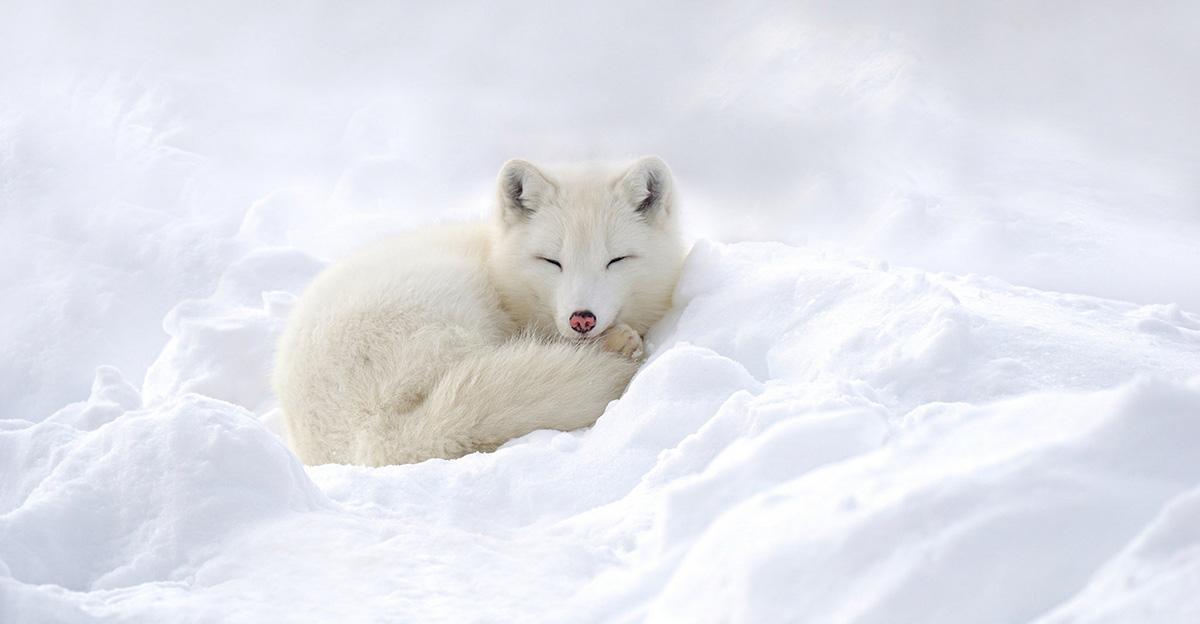The natural changes and actions of animals in the winter provide the opportunity to discuss various science and math concepts. Predator-prey relationships, hibernation, and camouflage are critical considerations for animals in colder climates. From changing coats and feathers when the temperature drops to bulking up and sleeping the season away, animal activities are a constant source of fascination. Here are some ways to bring this study to the classroom and learn more about animals in winter.
Camouflage in Winter
Mention camouflage and most students will think of chameleons—or hunters. But this fascinating concept is easily introduced during the winter. Students can identify the wide range of animals that use protective coloration and the select few that change colors when the weather gets cold. This offers the opportunity to learn more about how the process works and to introduce unique activities for art, math, and science.
Arctic foxes, caribou, and hares all change to white each snowy season, but for different reasons. Use this opportunity to talk about predator-prey relationships or to perform experiments to see how well camouflage works.
Winter Animal Camouflage Activity
One of the easiest camouflage activities can be used for various ages and with minimal prep time. You’ll need some laundry baskets or other vessels, white and brown construction paper, and scissors. Cut several rabbit shapes from the white construction paper, then tear or cut the rest of the white paper into strips and other shapes. Dump all the white papers into a basket and hide the rabbit cutouts inside. See how long it takes students to discover the rabbits.
Repeat the experiment, but this time, replace the white rabbits with brown ones. Students will rapidly realize how much easier it is to pick out the rabbits when they have no protective camouflage. The smaller you cut your paper and rabbits, the more challenging the activity will be for your students.
The Mitten
The children’s book The Mitten makes a welcome addition to a winter study of animals. Young children will enjoy counting the animals and learning why the animals went into the mitten. Finish by having them create mittens of their own using construction paper and basic art supplies. Older kids can explore the language in the book by identifying the adjectives used to describe the cold, snowy day. This classic read-aloud makes an excellent companion to studies on animals, snow, and weather.
Hibernation Habits
Why do animals hibernate, and which animals are most likely to rest this winter? Take some time to talk about hibernation, energy conservation, and why some animals store a winter’s worth of nutrition to prepare for their long rest. Use videos or books to identify why some animals hibernate and to learn about the diverse species that engage in this activity.
Students will love learning about animals in their region and comparing hibernation with other seasonal survival strategies like migration. Round out the study with a class hibernation day complete with pajamas, stories, a few winter jokes, and activities based on hibernation!
Using natural seasonal change as a study topic allows you to incorporate the darkness and cold of winter into a fun and meaningful classroom experience!






Leave a Reply